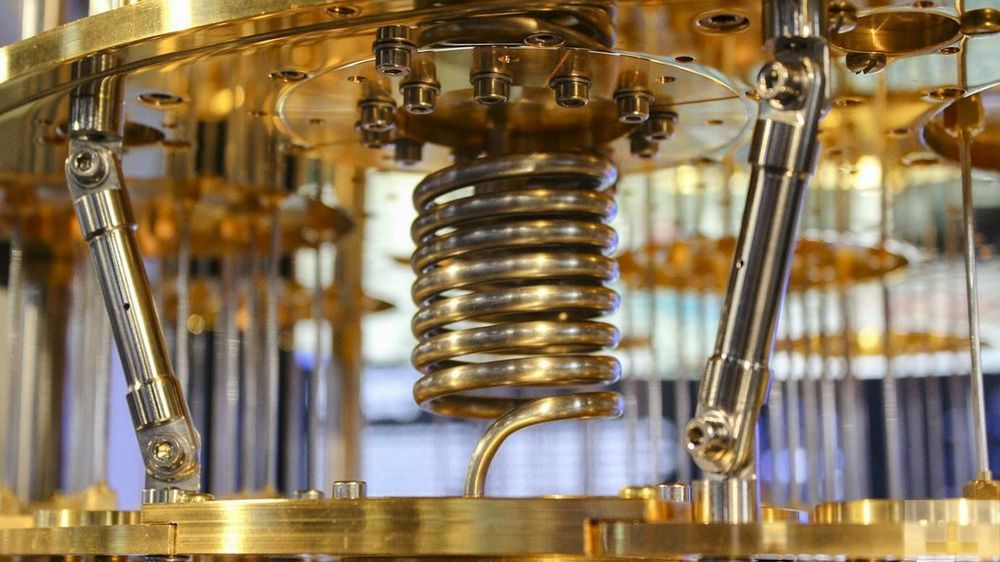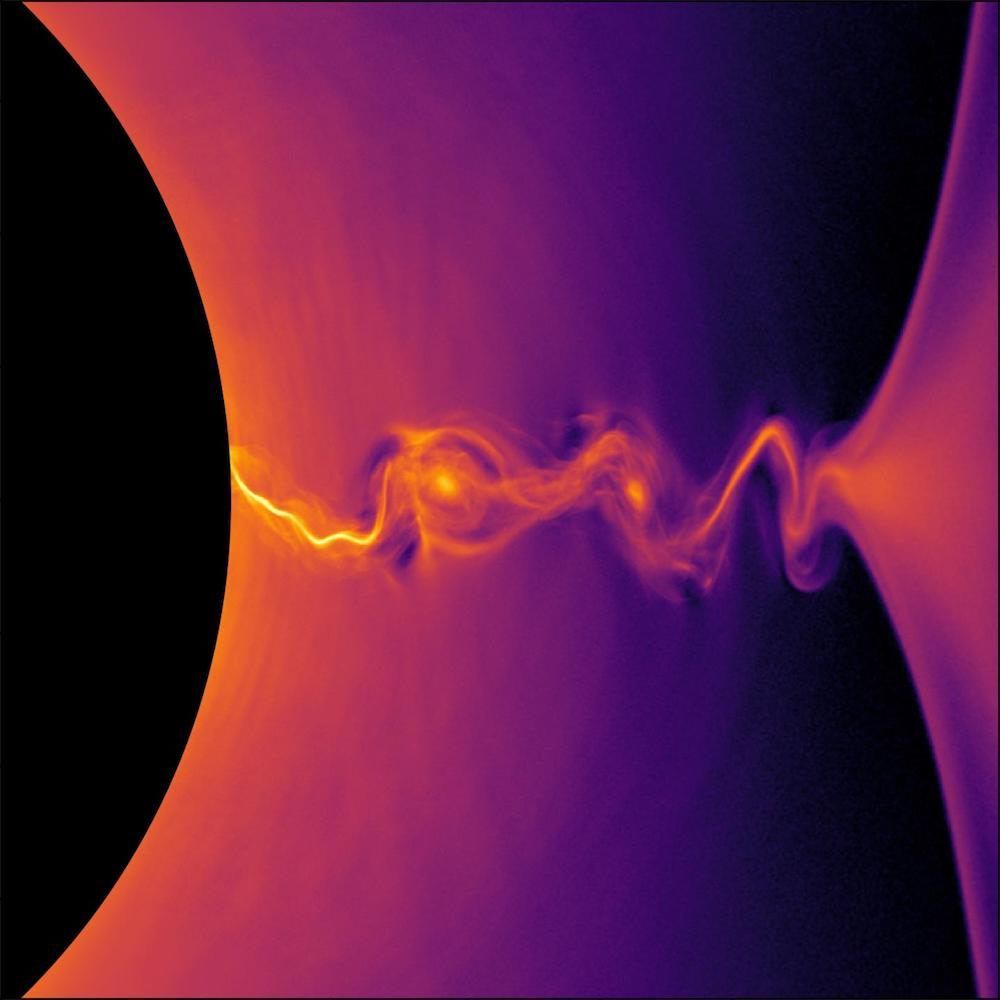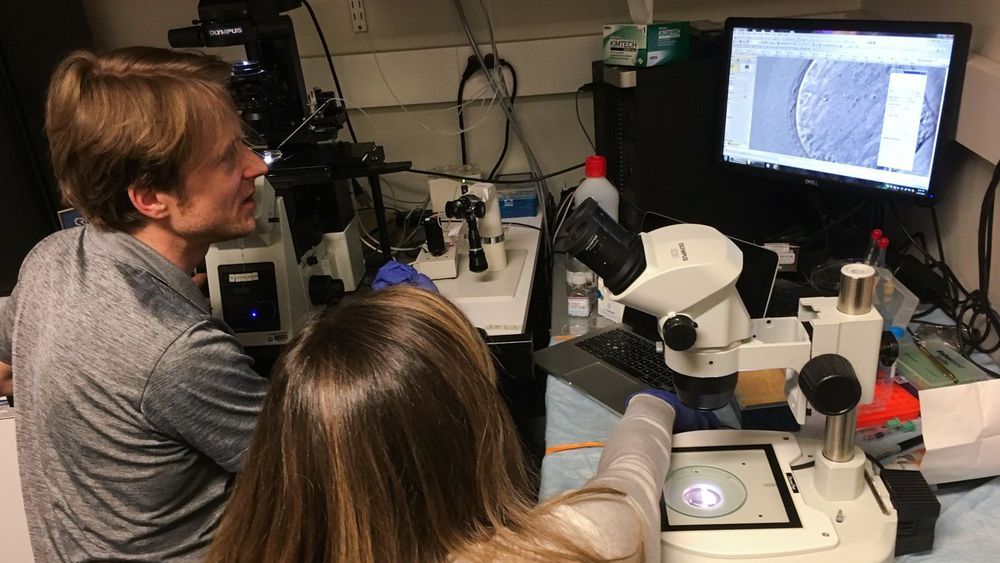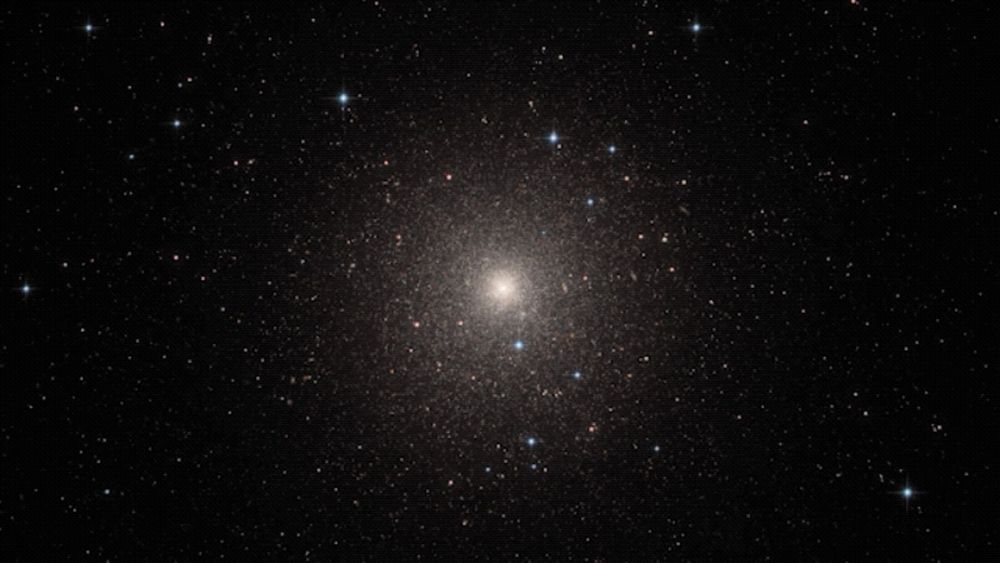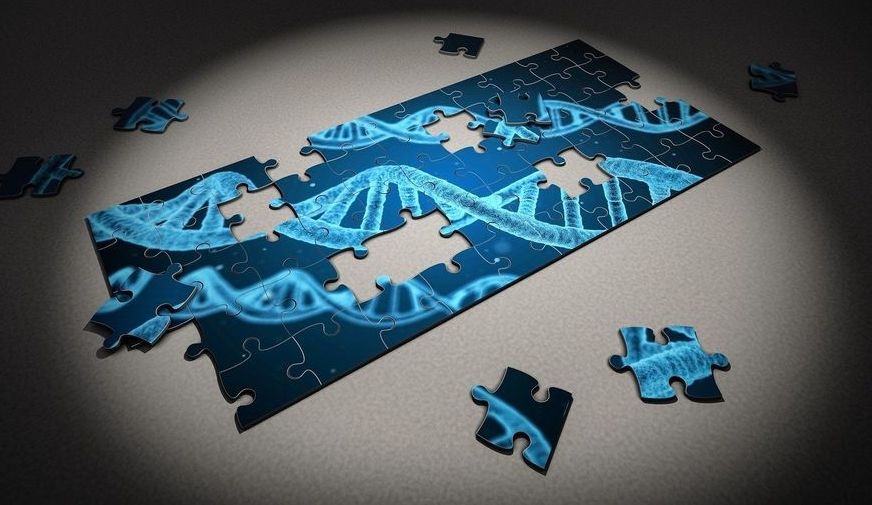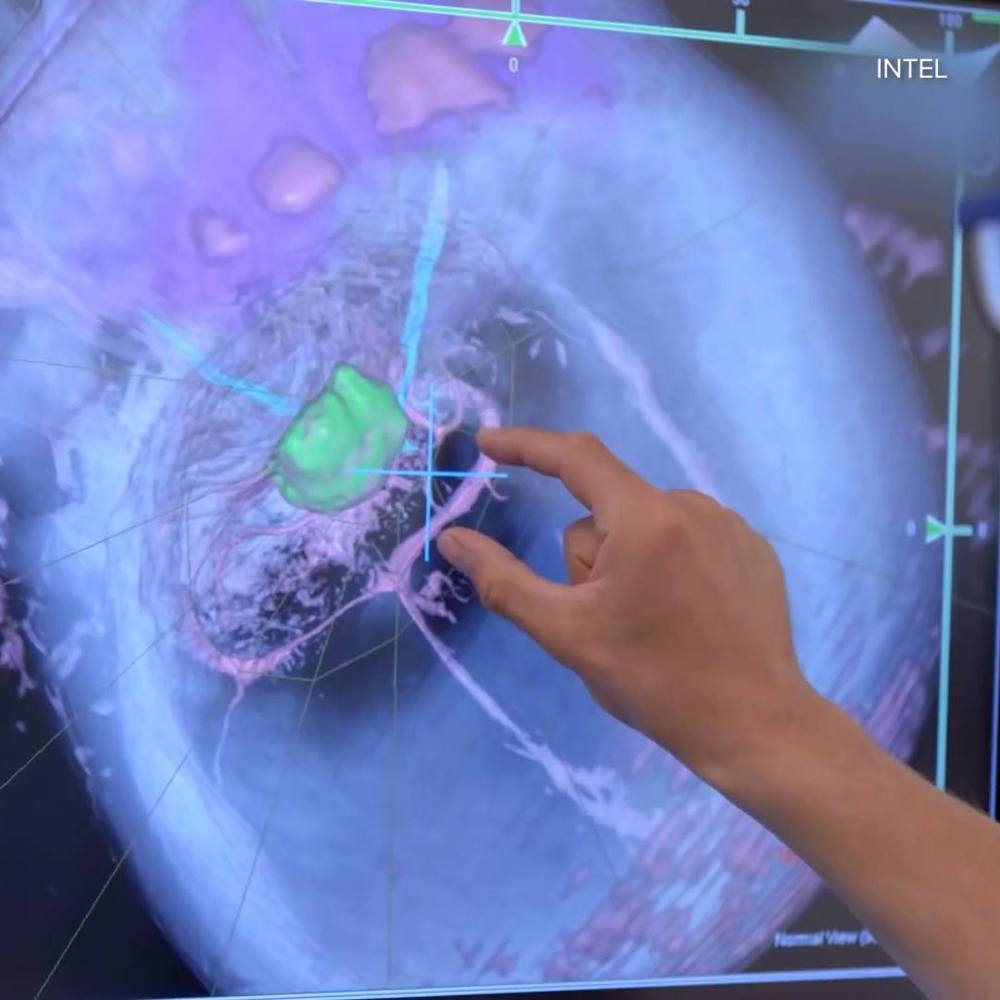Page 9443
Feb 1, 2019
Scientists ‘hijack’ open-access quantum computer to tease out quantum secrets
Posted by Genevieve Klien in categories: computing, particle physics, quantum physics
The rules of quantum mechanics describe how atoms and molecules act very differently from the world around us. Scientists have made progress toward teasing out these rules—essential for finding ways to make new molecules and better technology—but some are so complex that they evade experimental verification.
With the advent of open-access quantum computers, scientists at the University of Chicago saw an opportunity to do a very unusual experiment to test some of these quantum principles. Their study, which appeared Jan. 31 in Nature Communications Physics, essentially hijacks a quantum computer to discover fundamental truths about the quantum behavior of electrons in molecules.
“Quantum computing is a really exciting realm to explore fundamental questions. It allows us to observe aspects of quantum theory that are absolutely untouchable with classical computers,” said Prof. David Mazziotti, professor of chemistry and author on the paper.
Continue reading “Scientists ‘hijack’ open-access quantum computer to tease out quantum secrets” »
Feb 1, 2019
Black hole plasma jets shine like cosmic lighthouses in these gorgeous images
Posted by Genevieve Klien in categories: computing, cosmology, particle physics
Stunning new images show how black holes produce tremendously bright jets millions of light-years long that can be seen across vast cosmic distances. The images were produced by a computer simulation and could help resolve an enduring mystery about how the jets form, the researchers behind the images said.
Despite their moniker, black holes aren’t always black. As a black hole consumes an object, gas and dust spins around the maw of the gravitational behemoth, and friction can heat the material on the edges to searing temperatures. This violent process creates lighthouse-like beams of charged particles that travel outward at near light speed, emitting radiation that can shine brighter than an entire galaxy. [11 Fascinating Facts About Our Milky Way Galaxy]
“They are like laser beams piercing the universe and allowing us to see black holes whose emission would otherwise be too dim to be detectable,” Alexander Tchekhovskoy, a computational astrophysicist at Northwestern University in Evanston, Illinois, told Live Science.
Continue reading “Black hole plasma jets shine like cosmic lighthouses in these gorgeous images” »
Feb 1, 2019
New U.S. Experiments Aim To Create Gene-Edited Human Embryos
Posted by Genevieve Klien in categories: bioengineering, biotech/medical, genetics, health
CRISPR And Human Embryo Experiments Underway In The U.S. : Shots — Health News Despite outrage over gene editing in China that affected the birth of twins, research is underway in the U.S. to assess the safety and effectiveness of CRISPR tools to edit genes in human embryos.
Feb 1, 2019
In new Starship details, Musk reveals a more practical approach
Posted by Genevieve Klien in categories: business, space travel
For example, Musk said, “Initially making one 200 metric ton thrust engine common across ship & booster to reach the Moon as fast as possible. Next versions will split to vacuum-optimized (380+ sec Isp) & sea-level thrust optimized (~250 ton).”
This comment is notable for a couple of reasons. First of all, the company appears to have decided to streamline the Raptor engine to a single design that will power both the rocket at liftoff, and the spaceship in the upper atmosphere and outer space. It will take less time to develop, test, and qualify a single engine. It will also cost less money.
Additionally, Musk notes that the goal is “to reach the Moon as fast as possible.” The company still appears to be focused on lunar orbital flights, such as the #dearMoon project for Japanese businessman Yusaku Maezawa, as the first missions for Starship.
Continue reading “In new Starship details, Musk reveals a more practical approach” »
Feb 1, 2019
When Is the Surgeon Too Old to Operate?
Posted by Genevieve Klien in category: biotech/medical
A handful of hospitals have instituted mandatory screening procedures for medical professionals over 70. Many have been unenthusiastic about the idea.
Feb 1, 2019
Watch a Super-Fast 3D Printer Scientists Call the “Replicator”
Posted by Shane Hinshaw in category: 3D printing

It prints using light.
3D printers work by laboriously printing objects layer by layer. For larger objects, that process can take hours or even days.
Continue reading “Watch a Super-Fast 3D Printer Scientists Call the ‘Replicator’” »
Feb 1, 2019
Astronomers Accidentally Discover a Hidden Galaxy Right Next Door
Posted by Genevieve Klien in category: space
While inspecting a known globular cluster, a team of astronomers began to notice that some of its stars didn’t seem to belong. Investigating further, they realized the anomalous stars were part of a nearby galaxy—one previously unknown to us.
Science works in mysterious ways.
One moment you’re investigating a globular cluster, and the next you’re unexpectedly writing a research paper about something else entirely, namely the discovery of previously unknown dwarf spheroidal galaxy. But that’s how it goes sometimes, and the authors of the new study, published this week in the Monthly Notices of the Royal Astronomical Society, couldn’t be happier.
Continue reading “Astronomers Accidentally Discover a Hidden Galaxy Right Next Door” »
Feb 1, 2019
Exploring the dark side of the genome
Posted by Xavier Rosseel in categories: biotech/medical, genetics, supercomputing
Dr. Rico explained: “When we compare human genomes from different people, we see that they are way more different than we initially expected when the Human Genome Project was declared to be ”completed” in 2003. One of the main contributions to these differences are the so called Copy Number Variable (CNV) regions. CNV regions are in different copy number depending on each individual, and their variability can be greater in some human populations than others. The number of copies of CNV regions can contribute to both normal phenotypic variability in the populations and susceptibility to certain diseases.
Research has shown a direct relationship between mutations in introns and variability in human populations.
One of the greatest challenges of genomics is to reveal what role the ”dark side” of the human genome plays: those regions where it has not yet been possible to find specific functions. The role that introns play within that immense part of the genome is especially mysterious. The introns, which represent almost half the size of the human genome, are constitutive parts of genes that alternate with regions that code for proteins, called exons.

